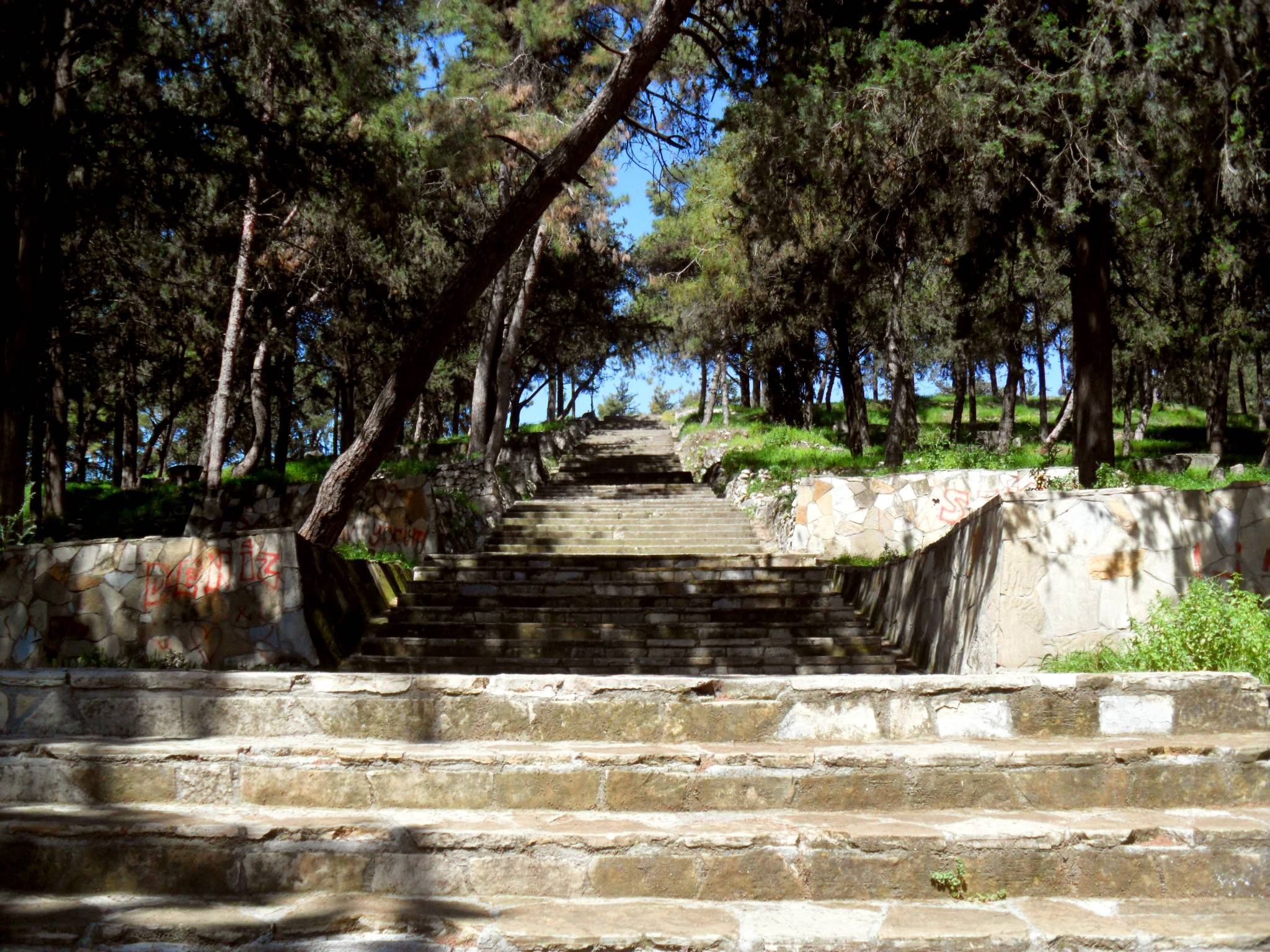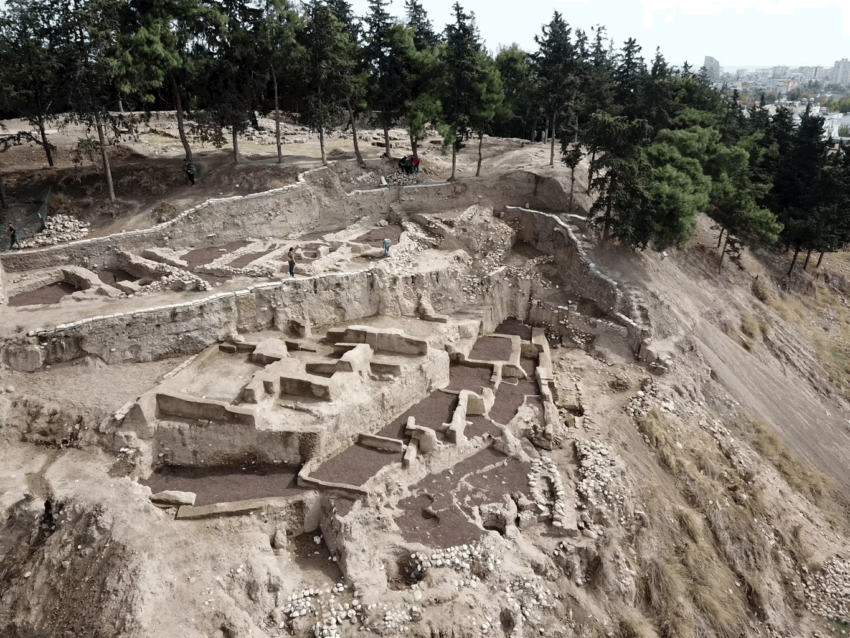Yumuktepe is a fascinating archaeological site located in Mersin, Turkey. It holds remnants of human settlement that span over 9,000 years. The site reveals a continuous occupation from the Neolithic age to the Middle Ages. Excavations have unearthed various layers of civilization, including a Neolithic town, an Early Bronze Age settlement, and a medieval castle. Yumuktepe’s rich history provides invaluable insights into the evolution of human societies in the region.
Get your dose of History via Email
Historical Background of Yumuktepe
British archaeologist John Garstang first excavated Yumuktepe in the 1930s. The site has since revealed a timeline of human occupation. The earliest settlers built a Neolithic town around 7000 BC. Over time, the Hittites, Romans, and Byzantines left their mark here. The mound became a strategic location due to its proximity to the Mediterranean. It witnessed various cultural transformations and conflicts throughout history.
The Hittites are believed to have built the initial structures at Yumuktepe. Later, the Romans and Byzantines inhabited the site, utilizing its strategic position. The medieval castle atop the mound dates back to the Byzantine period. It served as a defensive structure during the Crusades. The site’s long history of occupation suggests its importance to various civilizations.
Yumuktepe was not just a residential area. It also played a role in regional trade and politics. The site’s proximity to the sea made it a hub for commerce. It also became a focal point during conflicts, such as the Crusades. The layers of ruins at Yumuktepe tell stories of prosperity, warfare, and everyday life.
Archaeological findings at Yumuktepe include houses, fortifications, and artifacts. These discoveries provide a glimpse into the lives of its ancient inhabitants. Pottery, tools, and ornaments found at the site reflect the cultural and economic activities that took place here. The mound’s continuous occupation highlights its significance in the region’s history.

Yumuktepe’s historical importance is not only due to its age but also its role in the development of urban life. The site offers a rare opportunity to study the transition from nomadic to settled life. It also provides insights into the rise of civilization in the Near East. Yumuktepe is a key site for understanding the region’s ancient history.
About Yumuktepe
Yumuktepe is a tell—a mound formed by human occupation—located in southern Turkey. The site covers an area of approximately 25 hectares. It features layers of settlements stacked upon each other. Each layer represents a different period in history, from the Neolithic to the Middle Ages.
The earliest structures at Yumuktepe were simple mudbrick houses. Over time, the architecture evolved. The site later featured more complex buildings, including a Byzantine castle. The castle’s remains are among the most prominent features of the mound today.
Construction materials at Yumuktepe varied over the millennia. Early settlers used mudbrick and wood. Later, stone became the primary building material, especially during the Roman and Byzantine periods. The castle’s stone walls still stand, showcasing medieval construction techniques.
Architectural highlights of Yumuktepe include the remnants of the Byzantine castle and fortifications. These structures reflect the site’s strategic importance. The castle’s design and construction methods offer insights into medieval military architecture.
Excavations at Yumuktepe have uncovered a wealth of artifacts. These include pottery, tools, and jewelry. The artifacts illustrate the daily life and trade activities of the site’s inhabitants. They also help archaeologists understand the cultural influences that shaped Yumuktepe over the centuries.
At a glance
Country: Turkey
Civilization: Neolithic, Hittite, Roman, Byzantine, among others
Age: Approximately 9,000 years, dating back to around 7000 BC

